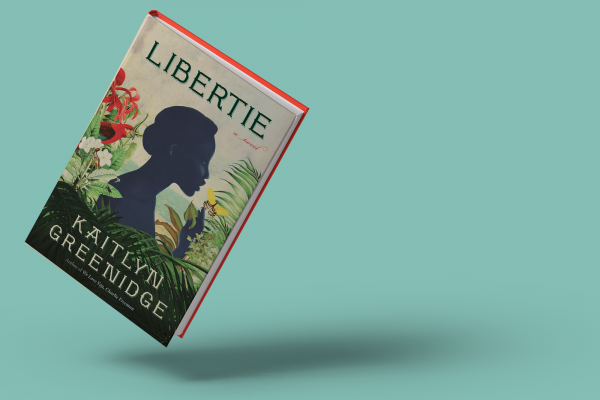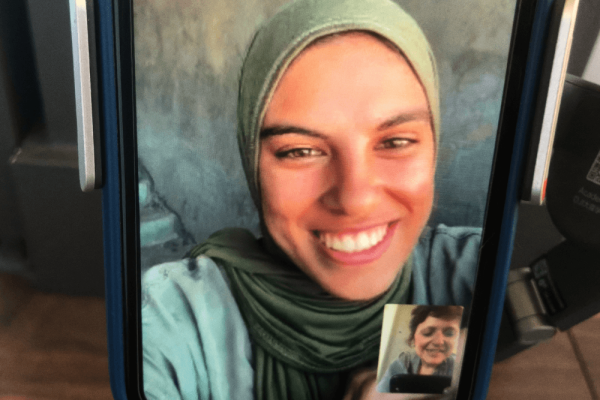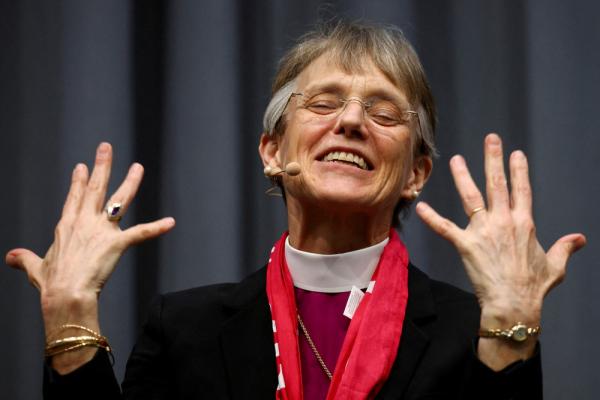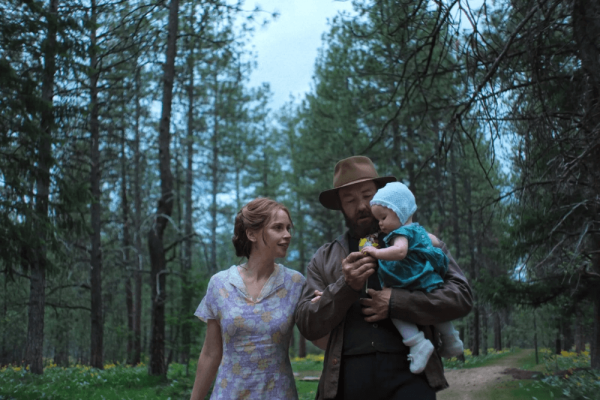WHAT IS FREEDOM, really? When we first meet the titular narrator of Kaitlyn Greenidge’s novel Libertie, the year is 1860 and Libertie Sampson is a child in Kings County, New York, witnessing a miracle: Her mother, Dr. Sampson, raises a man escaping slavery “from the dead.” Her father, a former slave who died before her birth, named Libertie after his “longing” for “the bright, shining future he was sure was coming.” Libertie grows up watching her mother work, learning about the body’s ailments alongside the plants and remedies that can allay suffering. Perhaps this—the ability to heal, to gain access to a position other Black women could not, to guide others to life outside slavery—is the freedom Dr. Sampson envisions for her daughter, who is raised to follow in her mother’s footsteps.
But Libertie soon learns that she and her mother do not have the same privileges: Where her mother’s light skin allowed her access to medical school, Libertie’s dark skin means she cannot enter the same rooms as her mother. When white patients recoil from Libertie’s touch—and her mother does not defend or shield her—Libertie begins to lose faith in her mother’s version of freedom.
Before this, the first seed of doubt arrived in the form of that “resurrected” escaped slave, Mr. Ben, who pined for a lost love and sank into alcoholism. Libertie’s mother revived his body but could not cure his broken spirit. Eventually, the man threw himself into the river. “Was freedom worth it if you still ached like that? If you were still bound to this Earth by desire?” Libertie asks after his death. It’s a “blasphemous” question she cannot utter to her mother or anyone she knows. Because where her mother deals in measurable facts and goals, Libertie lives in poetry, songs, stories.
In time, Libertie leaves home, aching for a balm to her loneliness. She fails the college courses her mother approved, instead chasing a passion for music. Still searching for freedom beyond her mother, Libertie marries Emmanuel, a doctor from Haiti, who takes her there. Despite Emmanuel’s love and promises, Libertie finds new fetters in Haiti. The consequences of colonization and patriarchy persist. Colorism permeates daily life; no one knows what to do with the dark-skinned Black girl who Emmanuel brought home.
Throughout Greenidge’s novel, the definition of freedom morphs and deepens like a song that reveals new truths each time we experience it. As Libertie struggles in each of her homes, Greenidge challenges us to interrogate how we perceive and examine freedom in our daily lives. Libertie’s loved ones tell her to accept that reality is a world where her skin color determines her value, men in power abuse girls and no one says a word, and falsehoods become a person’s truth. But despite the toll it takes, she refuses to accept the status quo. “I may not know myself,” she writes to her mother, “but I know the loneliness of love.” In this loneliness, Libertie forges forward. As she continues to grow, she carves her own way.
Sojourners has partnered with Bookshop.org; when you order books through the links on sojo.net, Sojourners earns a small commission and Bookshop.org sends a matching commission to independent bookstores.

Got something to say about what you're reading? We value your feedback!







